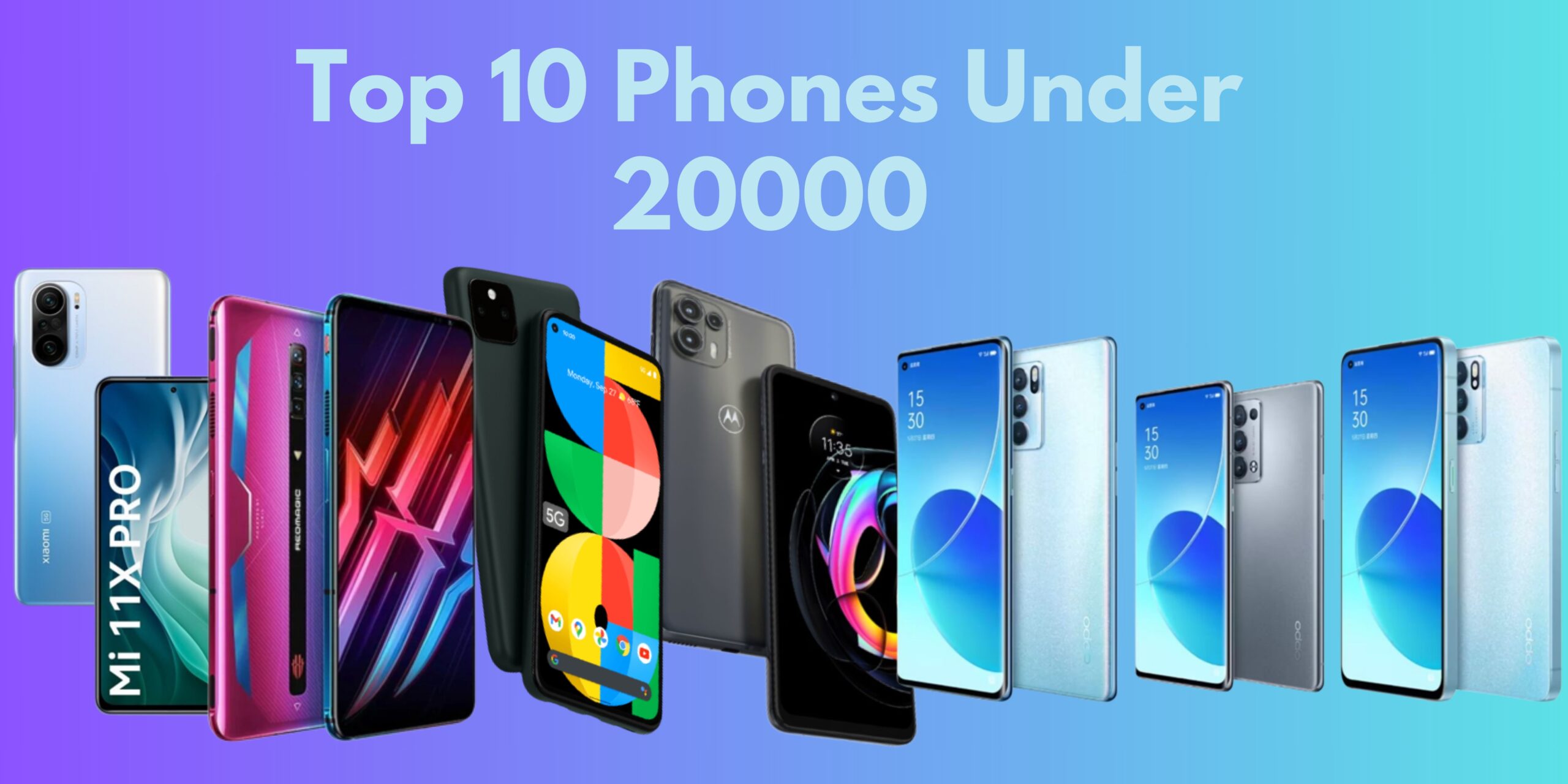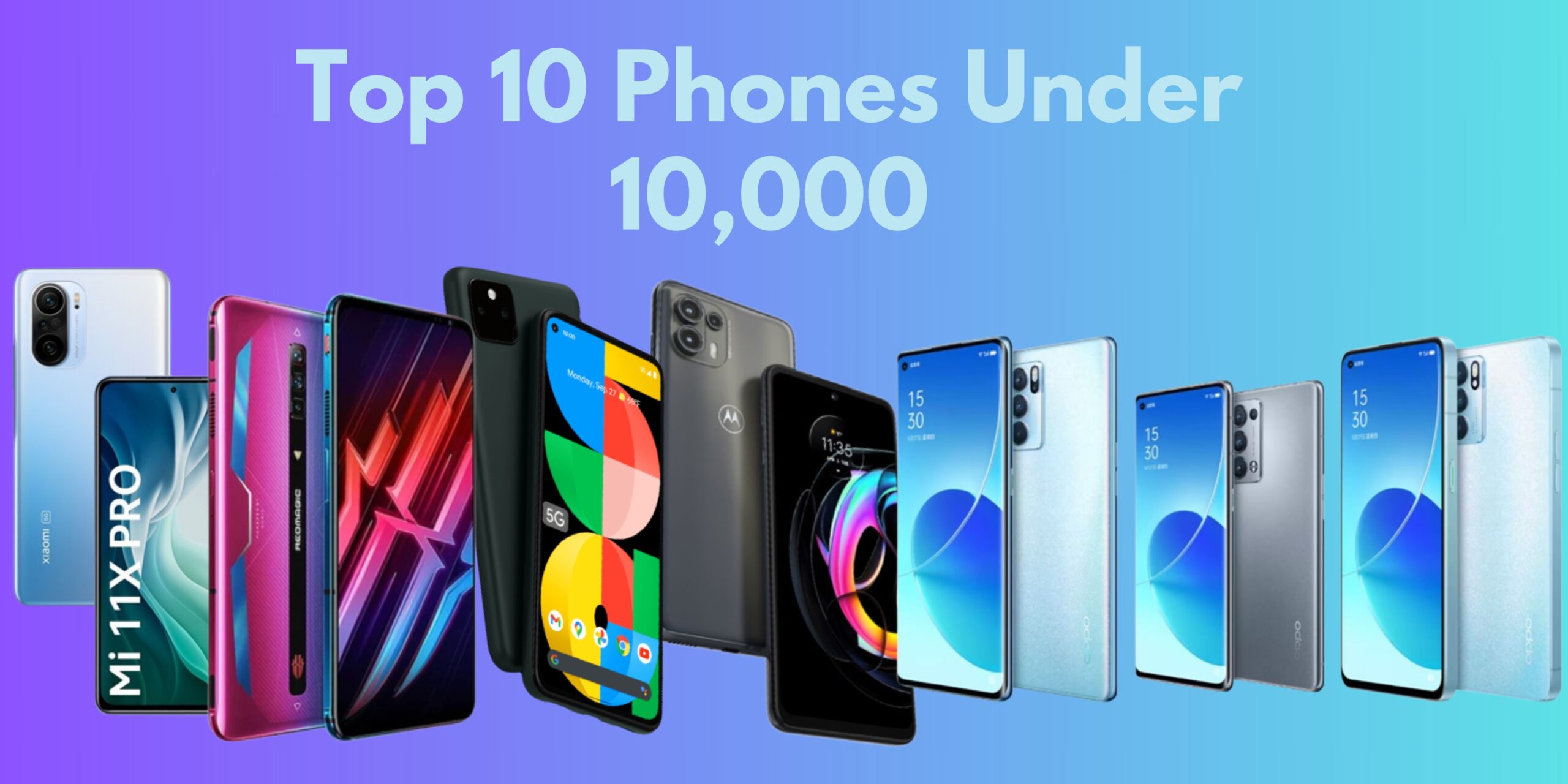3D Virtual Tours and Real Estate Technology
In the realm of real estate, technological advancements are reshaping the way properties are showcased and experienced. This article explores the significant impact of 3D virtual tours on the real estate industry, highlighting how this immersive technology is revolutionizing property visualization and enhancing the overall buying experience for prospective clients.
1. Immersive Property Exploration: Beyond Static Imagery
3D virtual tours go beyond traditional static images, offering prospective buyers an immersive and interactive experience. These tours allow users to navigate through properties seamlessly, providing a comprehensive view of the space. This immersive exploration enhances the buyer’s understanding of the property, fostering a more informed decision-making process.
2. Remote Property Viewing: Overcoming Distance Barriers
One of the standout features of 3D virtual tours is their ability to facilitate remote property viewing. Prospective buyers can explore properties from the comfort of their homes, overcoming geographical constraints. This capability is especially valuable for international buyers or individuals unable to attend in-person viewings, expanding the reach of real estate listings.
3. Time-Efficient Decision-Making: Streamlining the Process
3D virtual tours streamline the property-buying process by providing a time-efficient means of exploration. Buyers can virtually visit multiple properties in a short amount of time, narrowing down their options before committing to physical visits. This efficiency benefits both buyers and sellers, making the decision-making process more convenient and productive.
4. Enhanced Property Marketing: Captivating Visualizations
Real estate professionals are leveraging 3D virtual tours as a powerful marketing tool. These visualizations create captivating and memorable presentations of properties, setting listings apart in a competitive market. The ability to showcase a property dynamically and engagingly enhances its appeal to potential buyers, driving increased interest and engagement.
5. Transparency and Trust: Authentic Property Representation
3D virtual tours contribute to transparency in real estate transactions by providing authentic and realistic representations of properties. Buyers gain a genuine sense of the layout, design, and features of a property, reducing the likelihood of surprises or misaligned expectations. This transparency builds trust between buyers and sellers, fostering a more positive and confident purchasing experience.
6. Architectural Visualization: Planning and Design Insights
For properties still in the planning or construction phases, 3D virtual tours offer invaluable insights into architectural design and layout. Buyers can visualize the final product, explore different configurations, and make more informed decisions about off-plan properties. This capability is particularly beneficial for developers seeking to showcase projects before completion.
7. Competitive Edge for Real Estate Professionals: Staying Ahead
Real estate professionals incorporating 3D virtual tours gain a competitive edge in the market. The adoption of innovative technologies signals a commitment to providing an exceptional and modern experience for clients. This technological differentiation can attract more listings, engage clients effectively, and position real estate professionals as industry leaders.
8. Personalized Property Viewing: Tailoring Experiences
3D virtual tours allow for personalized property viewing experiences. Buyers can focus on specific areas of interest, zoom in on details, and revisit the tour at their own pace. This tailored exploration caters to individual preferences and priorities, enhancing the overall user experience and satisfaction.
9. Cost Savings and Sustainability: Reducing Physical Visits
The adoption of 3D virtual tours contributes to cost savings for both buyers and sellers. By reducing the need for extensive physical visits, parties can save on travel expenses and time. Additionally, this technology aligns with sustainability goals by minimizing the environmental impact associated with unnecessary property visits.
10. Future Trends: Integrating Augmented Reality (AR) and Virtual Reality (VR)
The future of real estate technology is poised to integrate 3D virtual tours with augmented reality (AR) and virtual reality (VR) experiences. This evolution will further enhance immersive property exploration, allowing buyers to virtually walk through properties using VR headsets or experience augmented information overlaid on physical spaces.
Transforming Real Estate Experiences
In conclusion, 3D virtual tours are transforming the real estate landscape by revolutionizing how properties are visualized and experienced. From immersive exploration and remote viewing to enhanced marketing and personalized experiences, this technology is redefining the way buyers and sellers engage in property transactions. As real estate professionals continue to embrace and innovate with 3D virtual tours, the industry is set to witness a paradigm shift towards more efficient, transparent, and engaging property experiences.


